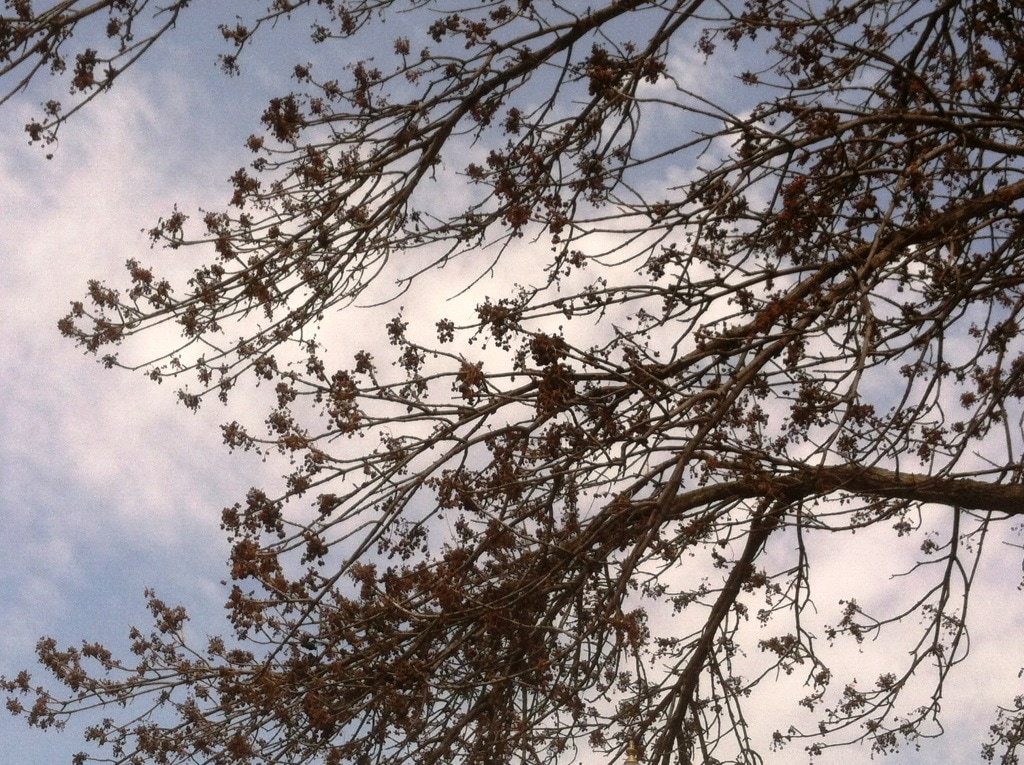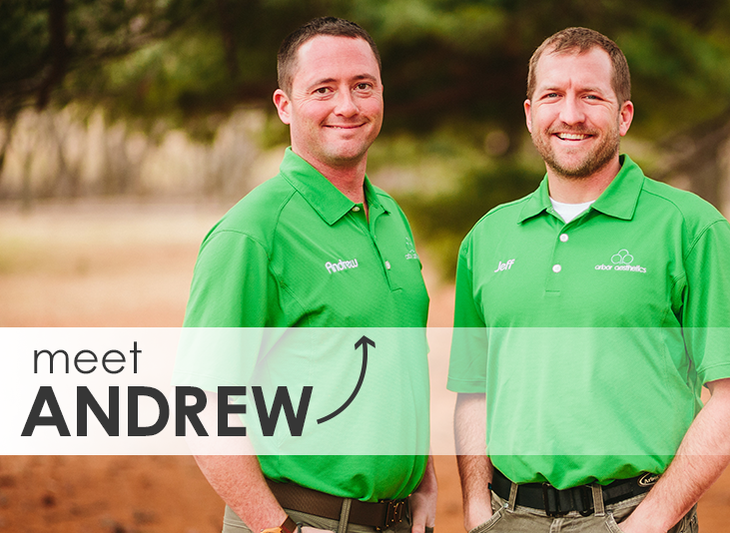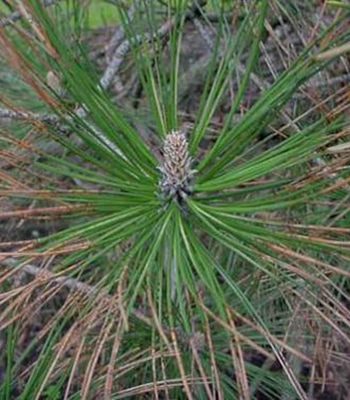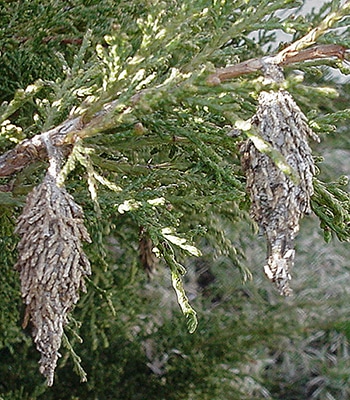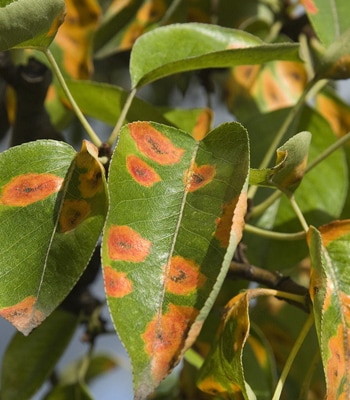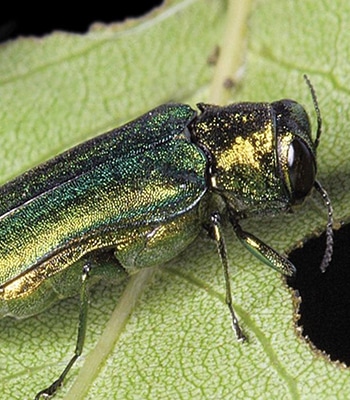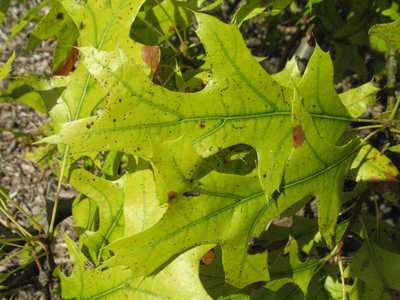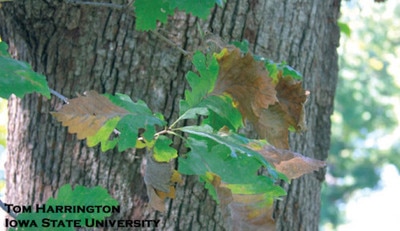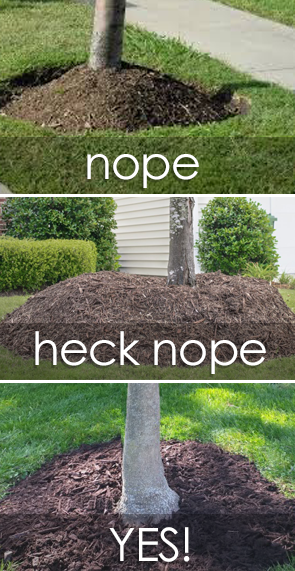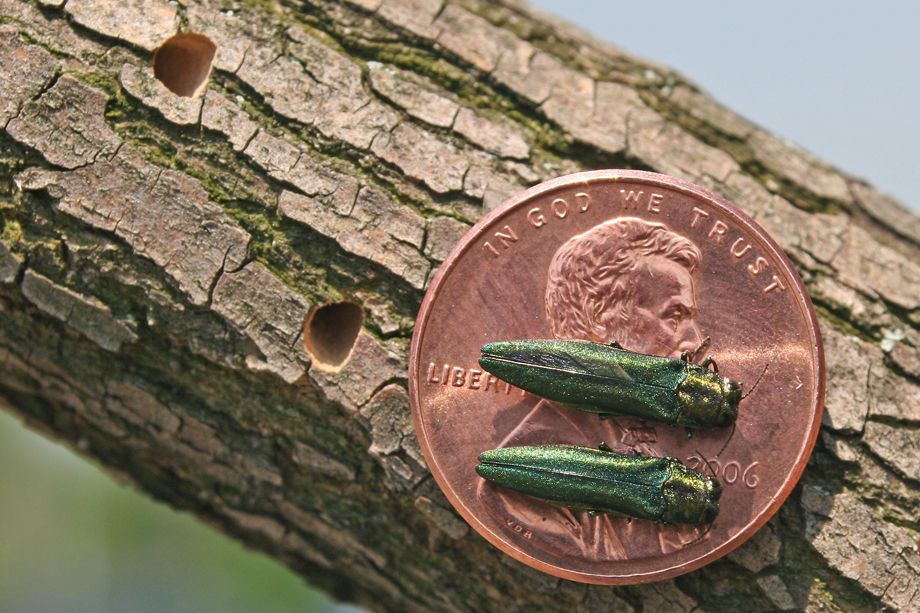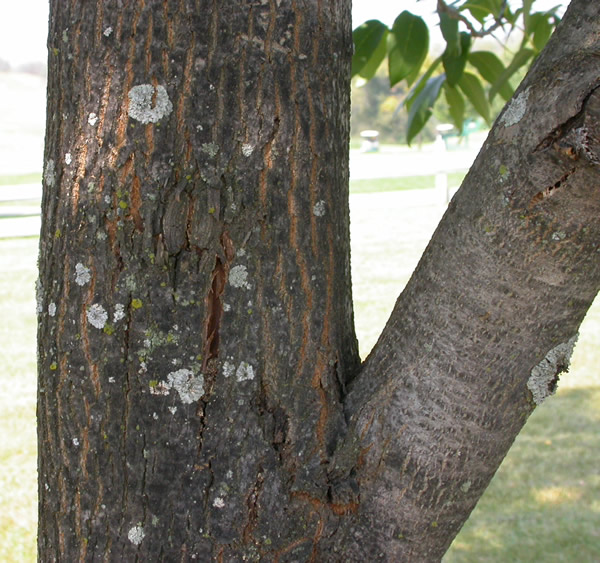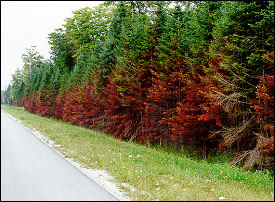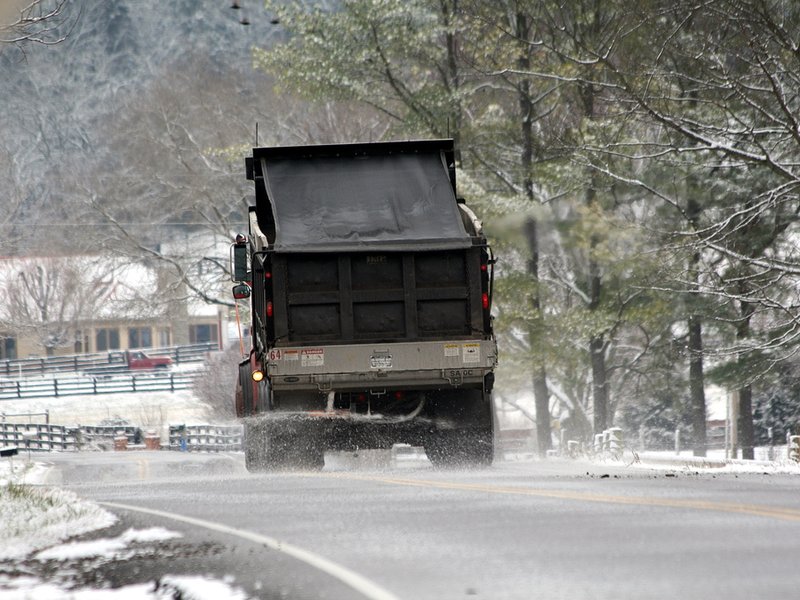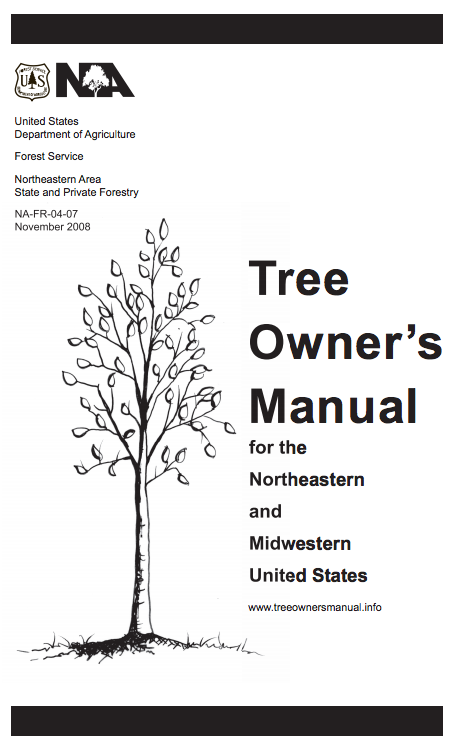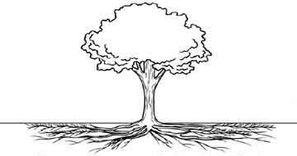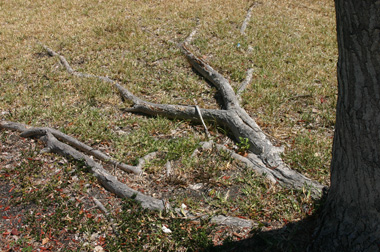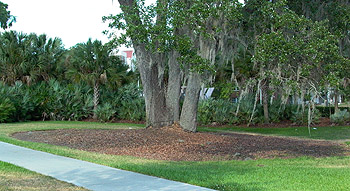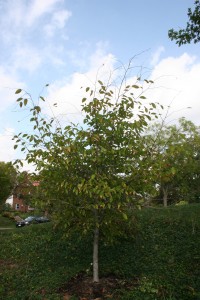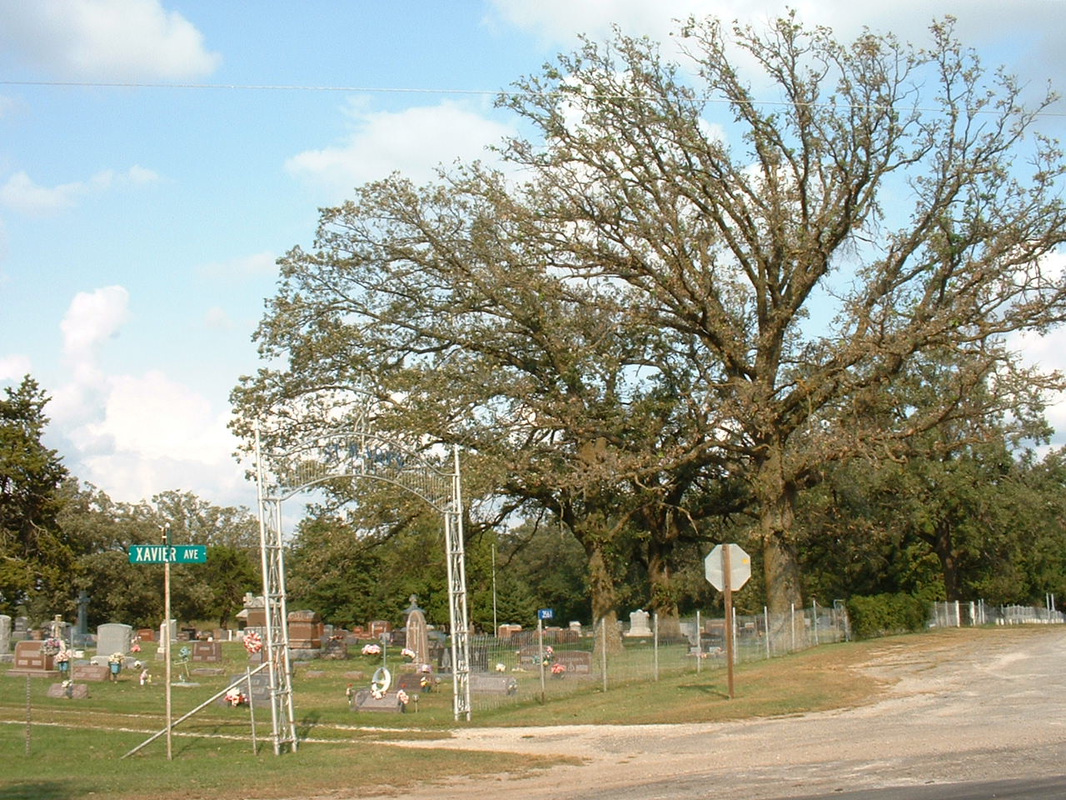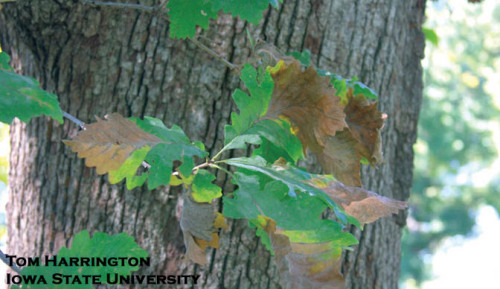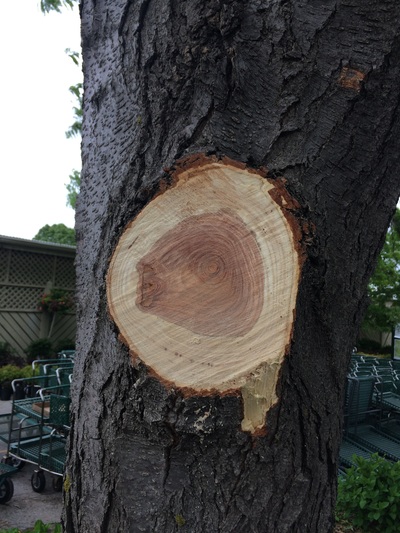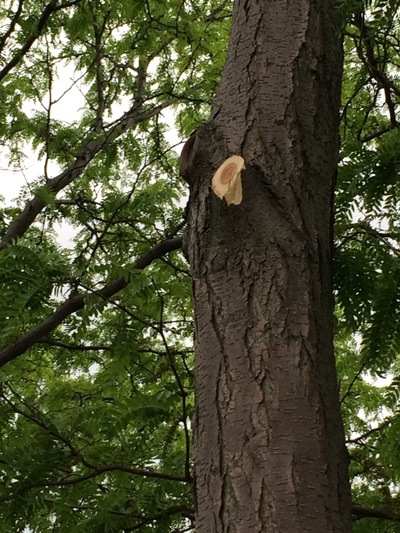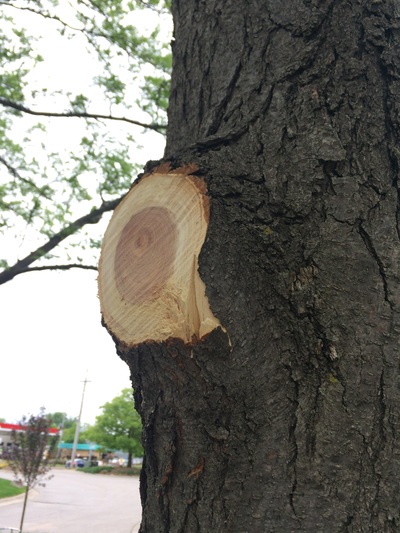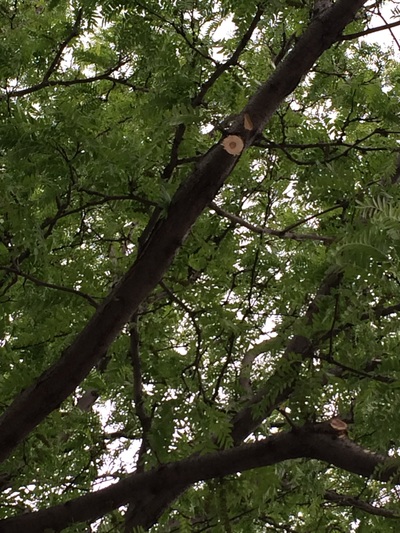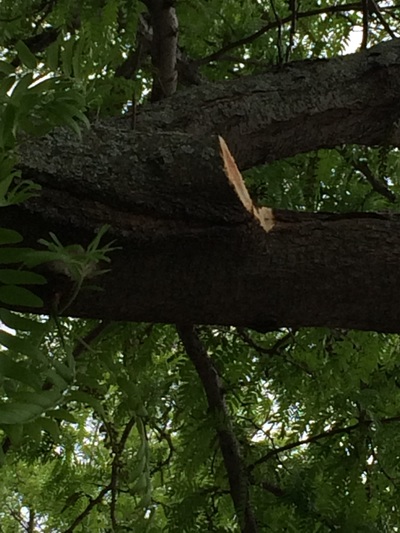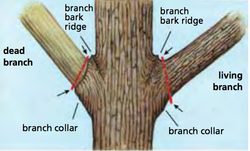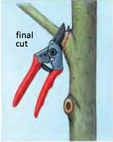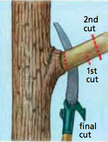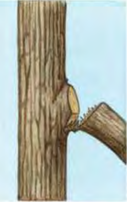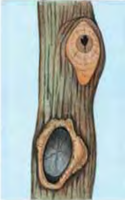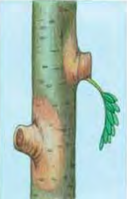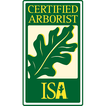5 Comments
Mulch is a useful tool that benefits and beautifies your landscape in many ways, but you need to make sure you're installing it correctly in order for plants to reap those benefits instead of suffer. Unfortunately, many landscaping companies install "mulch volcanos," and we see so many instances of these around town that it's practically burned into our minds as the correct way to do it! WRONG! Some might find these volcanos to be visually appealing, but boy do they make us arborists cringe!
Watch out for scammers!
The Tree Care Industry Association offers the following suggestions to prevent tree damage:
Sources: De-Icing Salt Can Harm Landscape Plants: http://tcia.org/blog/business/de-icing-salt-can-harm-landscape-plants
We received a call today from someone trying to install pavers under a silver maple tree. If you own a silver maple, you know these trees produce some mean surface roots! He asked if chopping up these roots to make room for the pavers would harm the tree. We're so glad he asked! The short answer is "YES!" Here's why: Roots serve two purposes:
Are pavers a good solution to my problem?
What's the best alternative to pavers or river rock?
Interestingly, severe symptoms of BOB have been observed only on Quercus macrocarpa var. oliviformis, a variety of bur oak that produces smaller acorns. BOB occurs primarily on naturally established trees, and especially on mature trees on upland sites that appear to be remnants of savannah forests. What are the symptoms?
If you suspect BOB has paid you a visit, it's time to call an arborist. We will come assess the damage and check for any secondary infections, then prescribe a fungicidal treatment plan (leaf sprays and/or trunk injection) to treat the infection. These treatments will need to be administered in the spring (May or June) to reduce the effects of BOB in the later summer.
It's National Safety Month! We and the Tree Care Industry Association encourage you to leave tree work to the professionals! Even if the work may seem straightforward or easy, the risk is often not worth the money saved.
Click here for three reasons homeowners should leave tree work to the professionals!
How NOT to Prune Live BranchesBelow are examples of flush cuts, torn bark, and nicked adjacent branches, all of which challenge the tree's "sealing" mechanisms and cause additional stress. Remember - trees don't heal - they seal! How to Properly Prune Live Branches
Cut in Three Steps
Check your Work The quality of pruning cuts can be evaluated by examining pruning wounds after one growing season. A concentric ring of woundwood will form from proper pruning cuts (Fig. 6B). Flush cuts made inside the branch bark ridge or branch collar, result in pronounced development of woundwood on the sides of the pruning wounds with very little woundwood forming on the top or bottom (Fig. 7D). As described above, stub cuts result in the death of the remaining branch and woundwood forms around the base from stem tissues (Fig. 7E). Cuts that HARM |
AuthorAmy Grewe, Certified Arborist & Co-Owner Categories
All
Archives
April 2024
|

